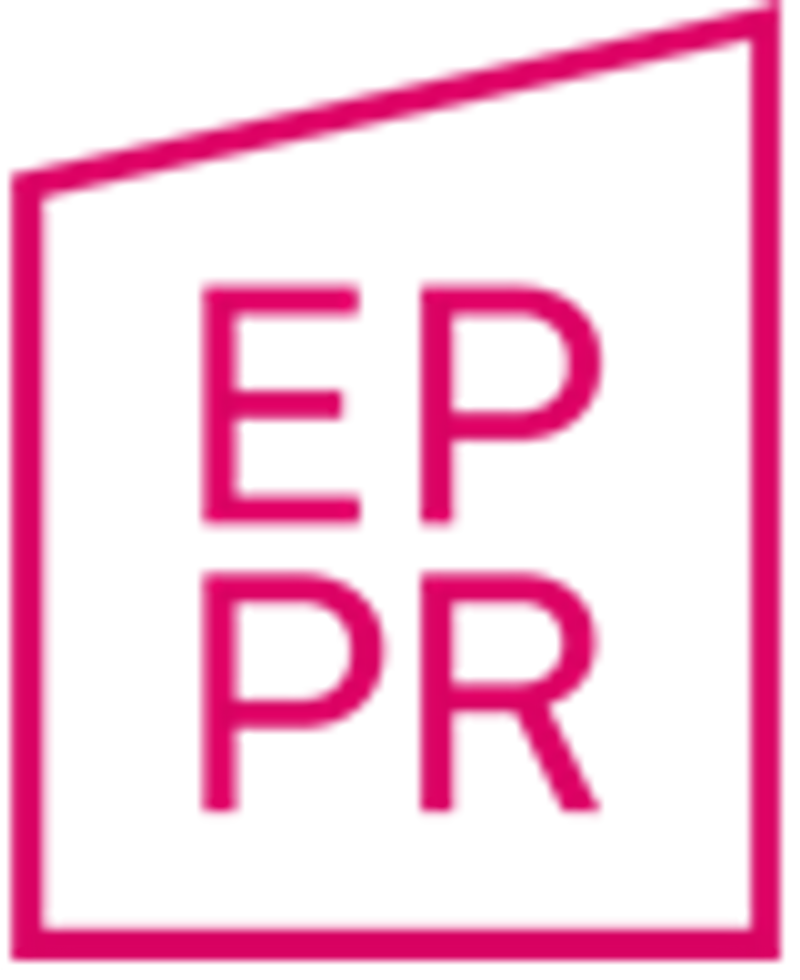Home / Risk assessment / Stage 6
Stage 6 - Recording and reporting
The risk management process and its outcomes should be documented and reported through appropriate mechanisms. Recording and reporting aims to:
- Communicate risk management activities and outcomes across the organization;
- Provide information for decision-making;
- Improve risk management activities;
- Assist interaction with stakeholders, including those with responsibility and accountability for risk management activities
Decisions concerning the creation, retention and handling of documented information should take into account, but not be limited to: their use, information sensitivity and the external and internal context.
Reporting is an integral part of the organization’s governance and should enhance the quality of dialogue with stakeholders and support top management and oversight bodies in meeting their responsibilities.
Factors to consider for reporting include, but are not limited to:
- Differing stakeholders and their specific information needs and requirements;
- Cost, frequency and timeliness of reporting;
- Method of reporting;
- Relevance of information to organizational objectives and decision-making.
Parallel activity A: Communication and consultation
Parallel Activity B: Monitoring and review





